Hey everyone, life can all get a little overwhelming at times, and given recent Steemit events and the massive crypto proverbial blood bath of late, it really isn't helping but...
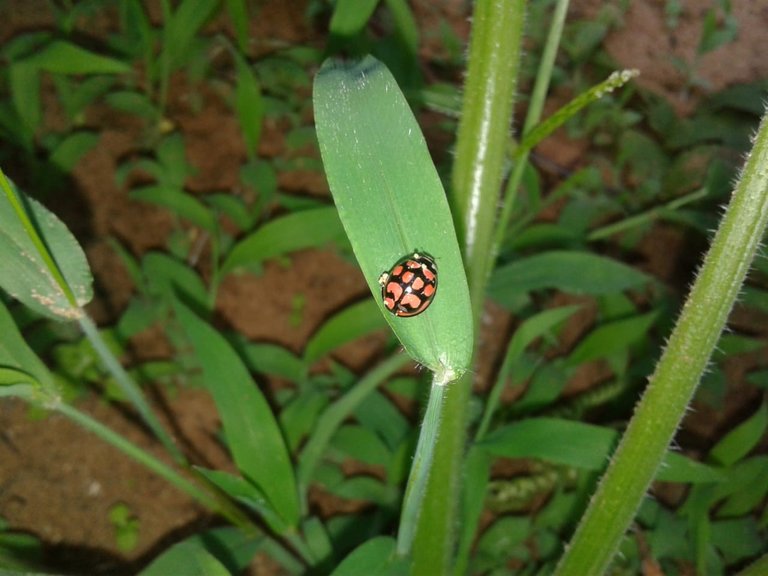
On taking a nice walk in the garden today I found this gorgeous little lady beetle, and generally when I find these much like a 4 leaf clover, great things happen...
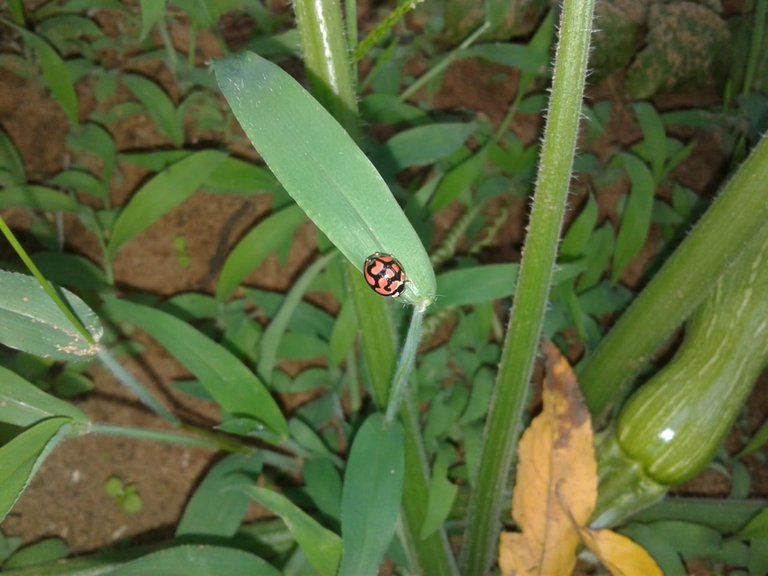
As per wikipedia: Coccinellidae
From Wikipedia, the free encyclopedia
(Redirected from Lady bug)
Jump to navigation
Jump to search
"Lady Bug" redirects here. For other uses, see Lady Bug (disambiguation).
"Ladybird", "Ladybug", and "Lady beetle" redirect here. For other uses, see Ladybird (disambiguation).
Lady beetle
Temporal range: Eocene–Present
Coccinella magnifica01.jpg
Coccinella magnifica
Scientific classification
Kingdom: Animalia
Phylum: Arthropoda
Class: Insecta
Order: Coleoptera
Suborder: Polyphaga
Superfamily: Cucujoidea
Family: Coccinellidae
Latreille, 1807 [1]
Subfamilies [1]
Chilocorinae Mulsant, 1846
Coccidulinae Mulsant, 1846
Coccinellinae Latreille, 1807
Epilachninae Mulsant, 1846
Hyperaspidinae Duverger, 1989
Microweiseinae Leng, 1920[2]
Scymninae Mulsant, 1846
Sticholotidinae Weise, 1901
Coccinellidae (/ˌkɒksɪˈnɛlɪdiː/)[3] is a widespread family of small beetles ranging in size from 0.8 to 18 mm (0.03 to 0.71 inches).[4] The family is commonly known as ladybugs in North America, and ladybirds in Britain and other parts of the English-speaking world. Entomologists prefer the names ladybird beetles or lady beetles as these insects are not classified as true bugs.[5]
The majority of coccinellid species are generally considered useful insects, because many species prey on herbivorous homopterans such as aphids or scale insects, which are agricultural pests. Many coccinellids lay their eggs directly in aphid and scale insect colonies in order to ensure their larvae have an immediate food source.[6] However, some species do have unwelcome effects; among these, the most prominent are of the subfamily Epilachninae (which includes the Mexican bean beetle), which are herbivorous themselves. Usually, epilachnines are only minor agricultural pests, eating the leaves of grain, potatoes, beans, and various other crops, but their numbers can increase explosively in years when their natural enemies, such as parasitoid wasps that attack their eggs, are few. In such situations, they can do major crop damage. They occur in practically all the major crop-producing regions of temperate and tropical countries.
https://en.wikipedia.org/wiki/Coccinellidae
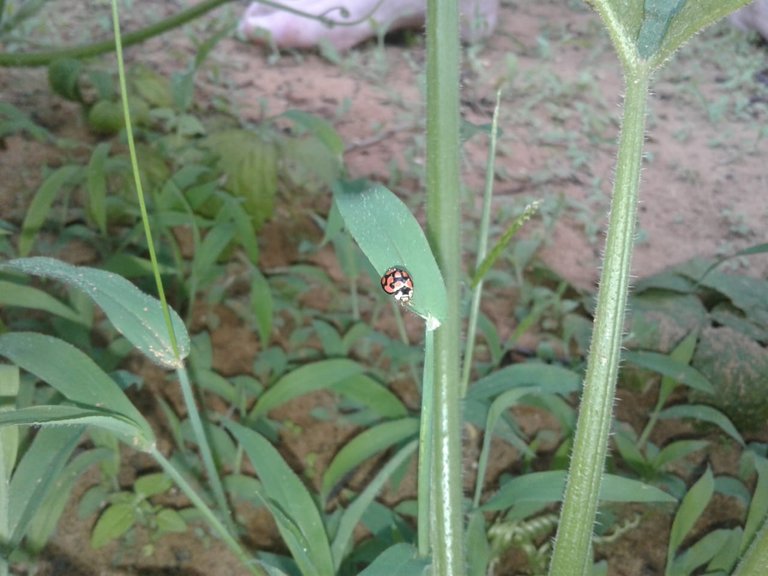
.jpg)

These amazing Tahitian butternuts growing so well nearing the end of Summer, they generally take around 2 weeks from bloom to harvest, they grow incredibly fast, today we plan to harvest one and have a nice braai (bbq) outdoors in Sunny South Africa!
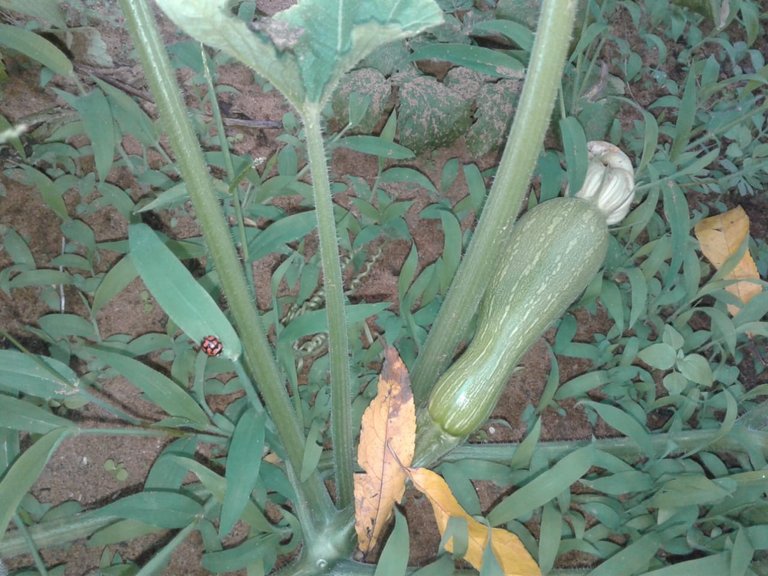
After taking some nice pics of this gorgeous aphid eating 'savage' I felt much better, business picked up and a profound thought dawned upon me: 'In The End Everything Will Be Ok, And If It's Not, It's Not The End!
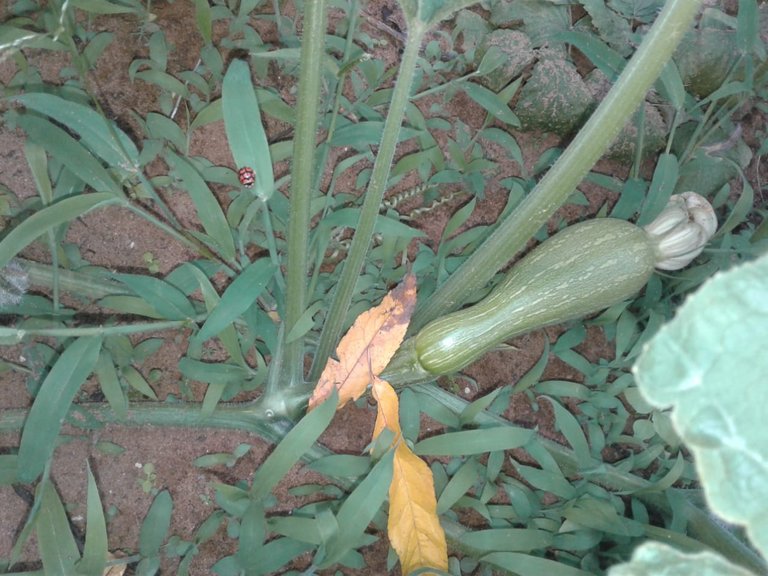
I trust you have an amazing Weekend.
Be blessed.
Cheer$;)
Hi @craigcryptoking!
Your post was upvoted by @steem-ua, new Steem dApp, using UserAuthority for algorithmic post curation!
Your UA account score is currently 3.627 which ranks you at #4039 across all Steem accounts.
Your rank has dropped 40 places in the last three days (old rank 3999).
In our last Algorithmic Curation Round, consisting of 72 contributions, your post is ranked at #62.
Evaluation of your UA score:
Feel free to join our @steem-ua Discord server
Congratulations @craigcryptoking!
Your post was mentioned in the Steem Hit Parade in the following category: